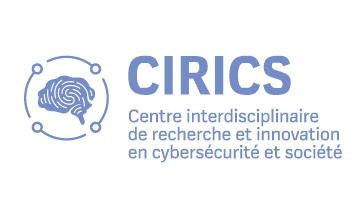In the public arena, now dominated by social networks, a nuanced approach seems to be hard to find. The operation of many online platforms is based on algorithms that measure what attracts users’ attention. The longer users stay on the platform, the more targeted advertising can be directed at them, generating revenue.
Some claim that the introduction of state measures to require that what is illegal under the law is similarly prohibited online constitutes censorship. When he acquired the Twitter network, Elon Musk stated his intention to create a platform entirely dedicated to freedom of expression, where censorship would have no place. He defied the laws that are beginning to be put in place in some countries to reduce bullying and deliberate falsehoods in online spaces.
But the technical processes used by online platforms like TikTok, X or Instagram impose an insidious censorship that is damaging to the quality of public debate.
Extreme discourse
When posting videos on TikTok or Instagram, we can’t take it for granted that the platform will actually show this content to other users. Most social networks don’t allow a direct link between content creators and subscribers. Instead, they use algorithms to recommend content.
Linguist Adam Aleksic explained in a post published in User Mag that algorithms are helping to make political discourse more extreme. On social networking platforms, communication spreads virally. It initially reaches a restricted audience. A piece of content broadcast on TikTok only gets views if it generates enough algorithmic engagement to be recommended to more user streams. On platform X, a tweet only goes viral if it gets enough retweets. Each publication reaches a different audience. If you want a message to be seen and heard, you have to make it viral.
To get better results on platforms – more “likes”, more shares and more retention – you have to go overboard. Because in these spaces governed by opaque algorithms, less spectacular content doesn’t go far.. . Source



